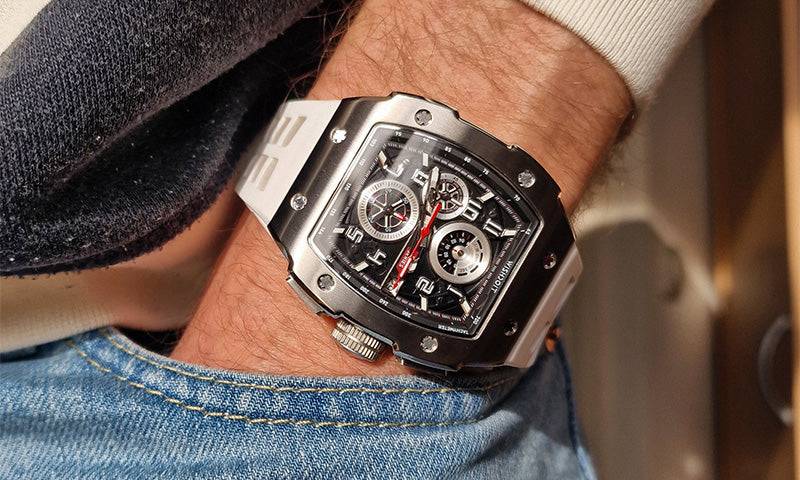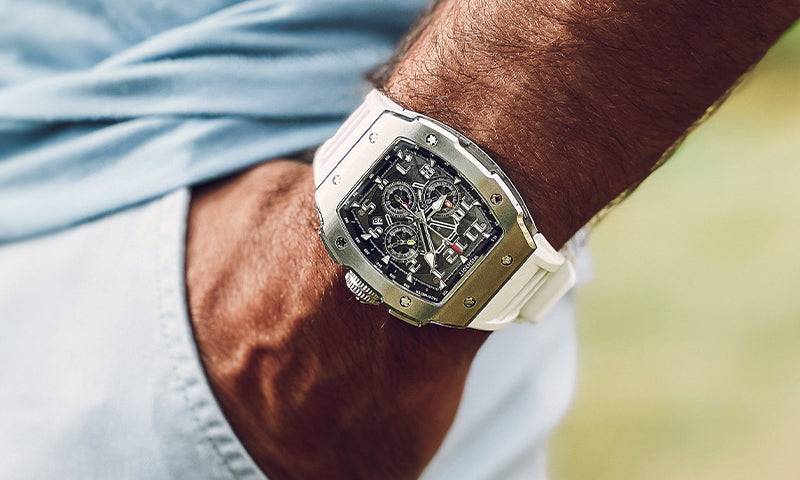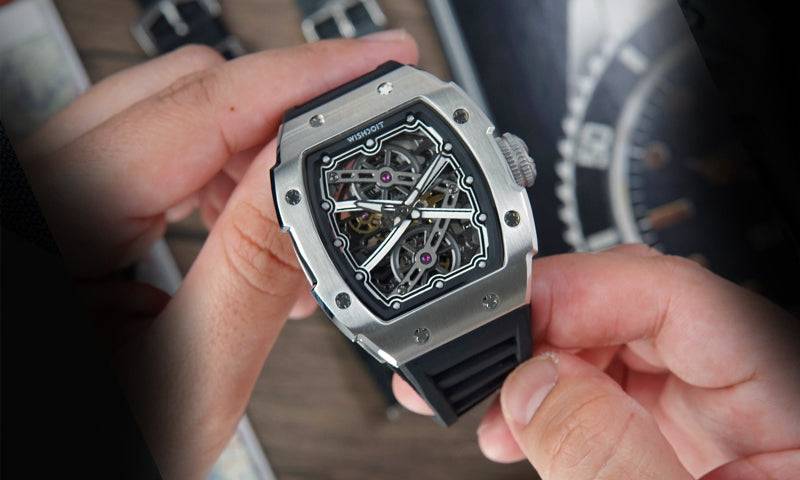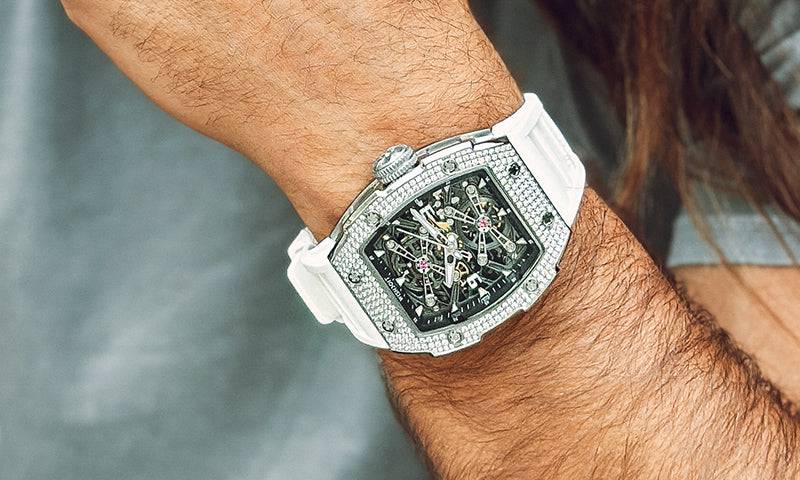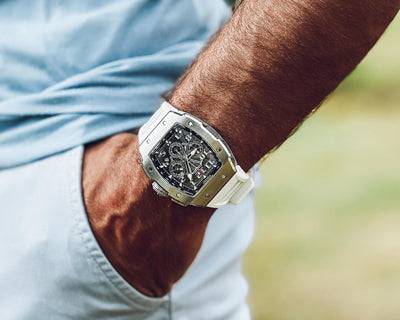Self-winding is arguably the most inconspicuous complication. To say that the advantage of self-winding is merely convenience would be an injustice to this genius invention. Of course, it does obtain energy reserves through the movement of the wrist, thus saving the wearer's daily tedious winding. The weight inside the watch, usually a 360-degree oscillating weight, falls to the lowest point due to gravity. The energy generated by the movement of the wrist is transmitted to the barrel through the wheel train. According to the structure of the automatic movement, there are two components here.
The reversing gear (REVERSER) is only available in the two-way winding mechanism. Over the course of a century, many different systems have been developed to achieve bidirectional winding. However, all winding systems have a reduction gear. This gear decelerates the high-speed movement of the rotor into a high-torque winding action.
In order to prevent the spring from being over-tightened and collapsed, the outer end of the spring is not fixed on the inner wall of the barrel, but on the auxiliary spring. Sliding inside the box.
Whether two-way winding is more effective or one-way is more effective is a topic that has been studied and debated for centuries. It is an undeniable fact that a self-winding mechanism requires a certain amount of action to achieve the reliability and efficiency it is designed to achieve.
Besides being eco-friendly and convenient, self-winding watches also offer an advantage: they keep time better because they get a constant torque because they are often wound. This constant torque in turn gives the balance a stable kinetic energy and a uniform swing and rate (RATE).
You’ll also like:
What is a Good Entry-Level Luxury Watch to Buy?
10 Best Watch Blogs and Websites in 2022
Wishdoit Adds a New Mechanical Watch to its X-series Collection




